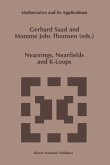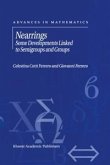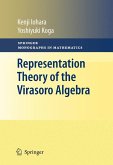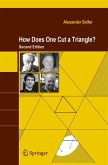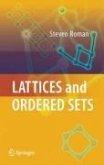Unary algebras play a special role throughout the text. Individual unary algebras are relatively simple and easy to work with. But as a class they have a rich and complex entanglement with dualisability. This combination of local simplicity and global complexity ensures that, for the study of natural duality theory, unary algebras are an excellent source of examples and counterexamples.
A number of results appear here for the first time. In particular, the text ends with an appendix that provides a new and definitive approach to the concept of the rank of a finite algebra and its relationship with strong dualisability.
Audience
This book is intended for established researchers in natural duality theory, general algebraists wishing to commence research in duality theory, and graduate students in algebra.
Dieser Download kann aus rechtlichen Gründen nur mit Rechnungsadresse in A, B, BG, CY, CZ, D, DK, EW, E, FIN, F, GR, HR, H, IRL, I, LT, L, LR, M, NL, PL, P, R, S, SLO, SK ausgeliefert werden.
"This fascinating book shows that even in the realm of unary algebras, where one might expect the situation to be virtually trivial almost all pathological behaviour occurs already. ... The list of references is thorough and the index excellent." (Sheila Oates-Williams, Zentralblatt MATH, Vol. 1085, 2006)



